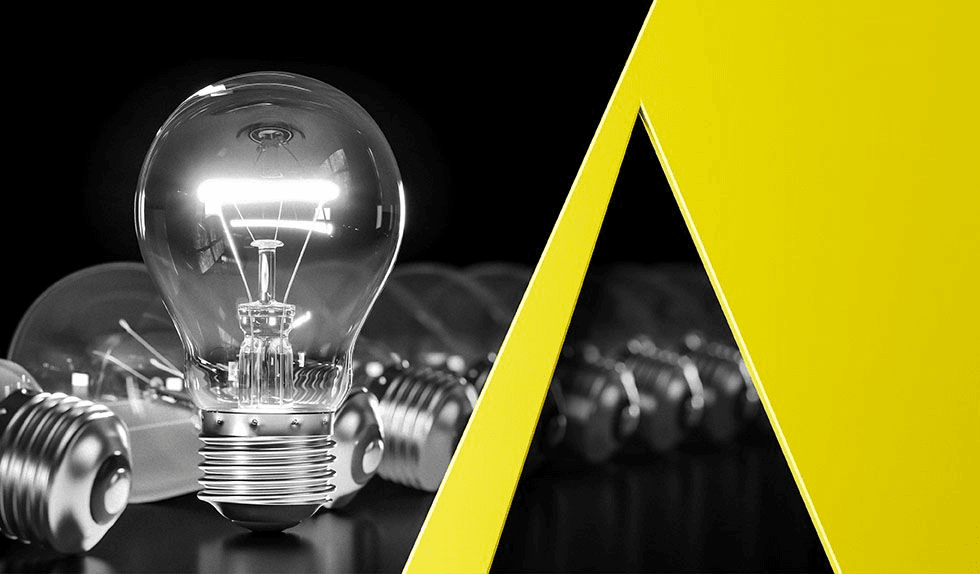The Federal Circuit recently affirmed an ITC holding that the AIA’s § 102 on-sale bar applies to the sale of a product made according to a secret process when that sale occurs more than one year before the patent’s effective filing date. In so doing, the court confirmed that, despite changes to the text of § 102, the AIA did not undo long-settled pre-AIA precedent that the on-sale bar applies when, before the critical date, a party sells products secretly made using a patented process.
Here, the Patentee argued before the ITC and the Federal Circuit that certain entities were infringing its patents directed to a process to make Ace-K, an artificial sweetener. It was undisputed that the patented process was in secret use in Europe more than one year before the effective filing date, i.e., before the critical date. It was also undisputed that the Patentee sold Ace-K in the United States using the secret process before the critical date. Based on these undisputed facts, the Accused Infringer filed a motion for summary judgment of invalidity under the on-sale bar because the Patentee sold products using the patented method more than one year before the effective filing date of the asserted patents.
In response to the summary judgment motion, the Patentee agreed that the on-sale bar would apply and invalidate its claims under pre-AIA law. The Patentee, nevertheless, disputed whether the on-sale bar applied to such sales under the AIA. According to the Patentee, textual modifications made to § 102 in the AIA changed the law such that the on-sale bar does not apply to sales of a product when it is the process used to make that product that is the claimed invention. More specifically, the Patentee argued that because Congress amended the language of § 102 from “invention” in the pre-AIA statute to “claimed invention” in the AIA, the AIA on-sale bar can only be triggered when the thing that is sold is also what is claimed. And because the only sales made in this case were of the Ace-K product, not the claimed process, the on-sale bar should not apply in this case.
The Federal Circuit rejected the Patentee’s argument, relying on the Supreme Court’s decision in Helsinn Healthcare S.A. v. Teva Pharm. USA, Inc., 586 U.S. 123 (2019), which held that Congress reenacted the “on sale” language in the AIA. First, the court pointed to long-settled pre-AIA precedent showing that pre-critical date sales of products made using a secret process would trigger the on-sale bar. Next, the court considered the Patentee’s argument regarding the textual change in § 102 regarding a “claimed invention.” But the court found this argument unpersuasive. Because the Federal Circuit’s precedent often uses the terms “claimed invention” and “invention” interchangeably, it found Congress’s use of “claimed invention” in the AIA to be “no more than a clerical refinement of terminology for the same meaning in substance.” This conclusion was further supported by the rationale behind the on-sale bar, which exists to prevent someone from exploiting an invention commercially only to later seek patent protection for that invention, and effectively gain additional patent term.
Practice Tip: This case confirms that, as was the case pre-AIA, the AIA’s on-sale bar applies when there has been a pre-critical date sale of a product made according to a secret, later-patented process. Thus, inventors must be prepared to file for patent protection for both their product and their manufacturing process before engaging in potentially invalidating sales of a product made by an inventive process.
Celanese Intl. Corp. v. Intl. Trade Comm’n, No. 2022-1827, 2024 WL 3747277 (Fed. Cir. Aug. 12, 2024).


